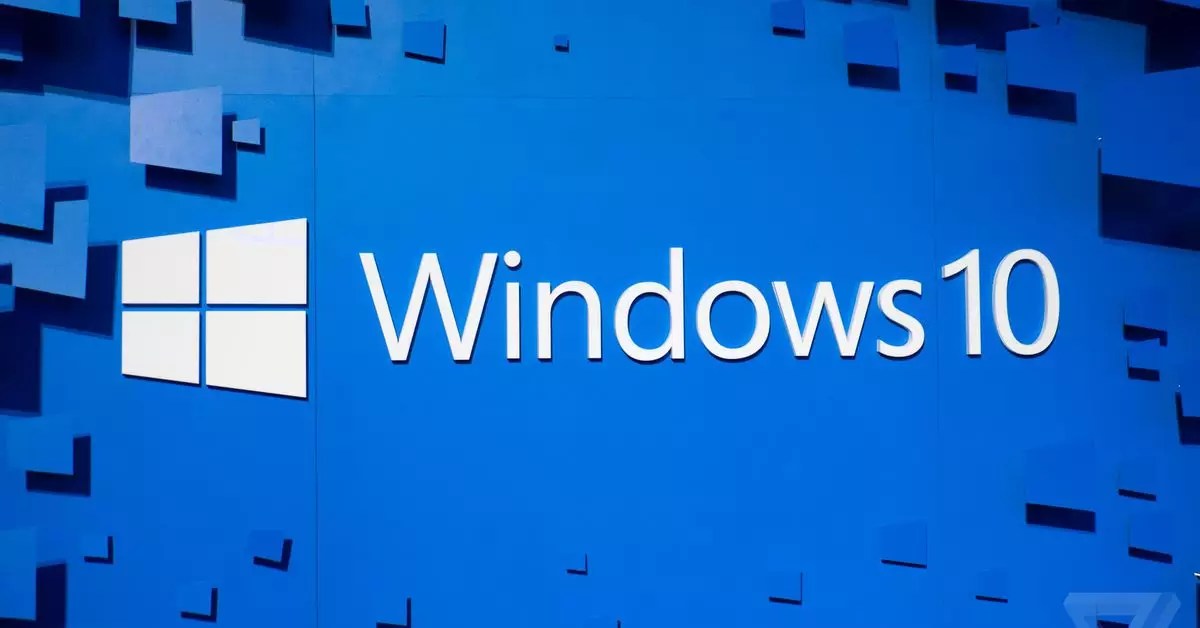The news that Microsoft will be ending support for Windows 10 on October 14th, 2025, has sent shockwaves through the tech community. This decision means that users will need to pay yearly if they want to continue using the operating system securely. This move marks a significant departure from Microsoft’s traditional approach to operating system support, as they have typically only offered subscriptions for Extended Security Updates to organizations that need to keep running older versions of Windows.
Microsoft will be offering Extended Security Updates (ESU) for Windows 10 users, with pricing starting at $61 for the first year. The pricing for additional security updates will be offered to consumers for the first time ever with Windows 10. Businesses and consumers alike will need to purchase ESU licenses for each Windows 10 device they plan to keep using after the end of support cutoff date next year. The pricing structure for ESU is quite steep, as it starts at $61 for the first year, doubles to $122 for the second year, and then doubles again in year three to $244. It is worth noting that if you enter into the ESU program in year two, you will have to pay for year one as well since the ESUs are cumulative.
There are still a large number of people on Windows 10, nearly nine years since its release in 2015. This poses a significant challenge for Microsoft, as they are trying to encourage users to migrate to Windows 11, which has more stringent hardware requirements and a greater focus on security. Windows 11 is only supported on CPUs released from 2018 onward and with devices that support TPM security chips, making it impossible for many older devices to make the switch.
Discounts and Incentives
Microsoft is offering a 25 percent discount to businesses that use a Microsoft cloud-based update solution like Intune or Windows Autopatch. This drops the pricing to $45 per user (up to five devices) for the first year. Schools will get an even bigger discount, with Microsoft offering a $1 license for year one, which then doubles to $2 for year two and $4 for the third year. However, it doesn’t look like Microsoft is planning to offer any special discount pricing for consumers at this time.
It is clear that Microsoft is pushing for users to upgrade to Windows 11, but with the strict hardware requirements and limited availability of the new OS, many users may find themselves having to pay for security updates for the first time. As Windows 10 continues to be used by the majority of Windows users, Microsoft will need to carefully consider its approach to supporting the legacy operating system. Whether the high pricing of ESU licenses will incentivize users to upgrade to Windows 11 remains to be seen, but it is clear that Microsoft is facing challenges in convincing users to make the switch.


Leave a Reply